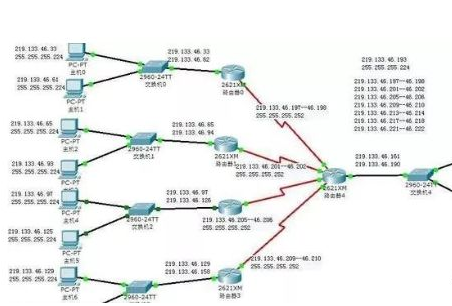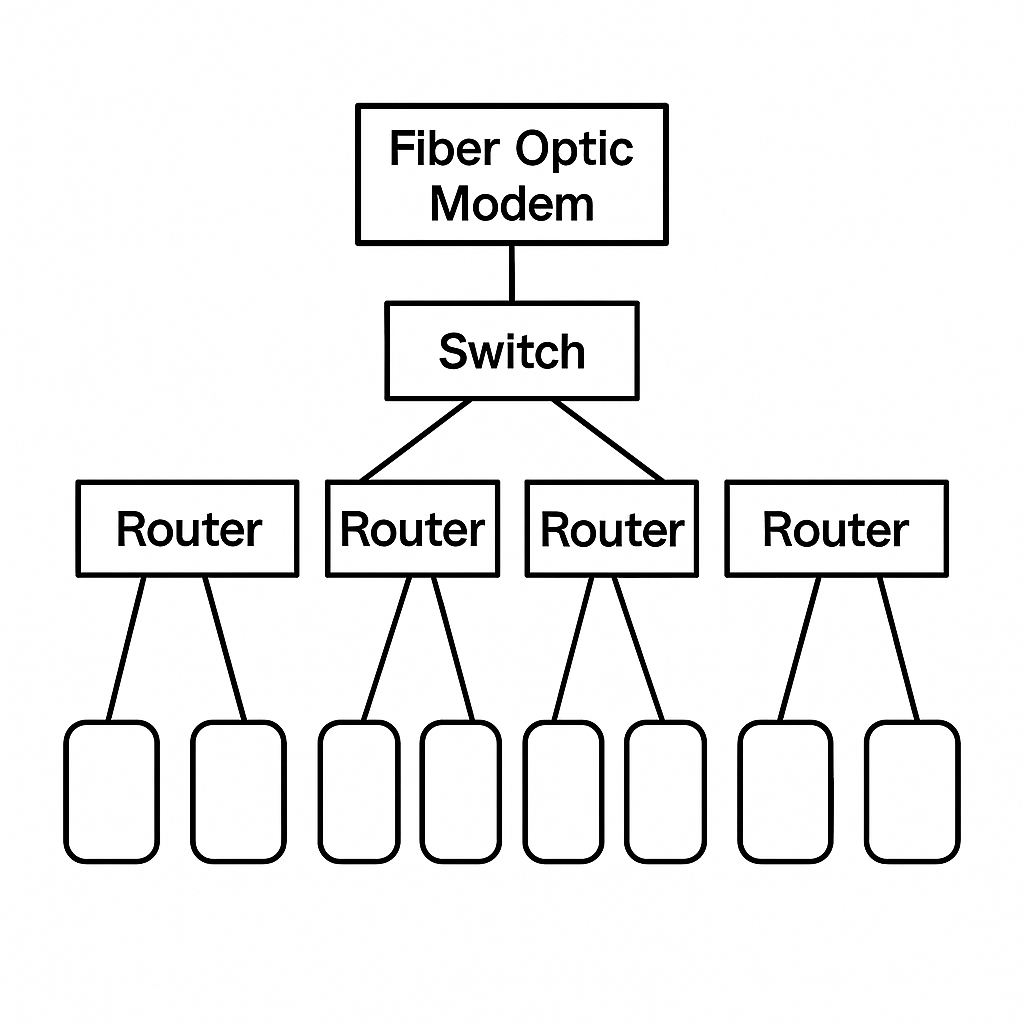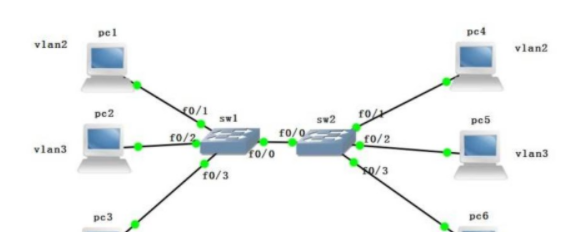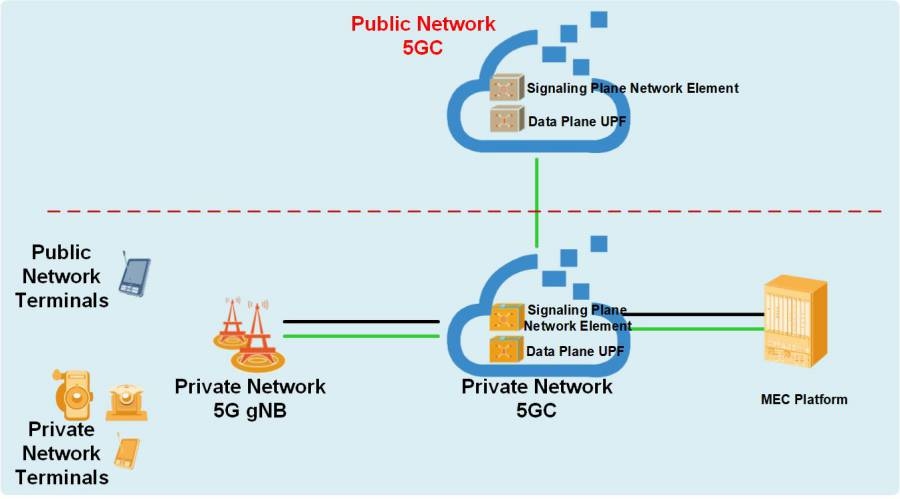In a small LAN it is usually unnecessary to worry about IP address shortages. However, in a large LAN with more than 255 devices you must consider how to handle insufficient IP addresses.
Why 192.168.1.x can run out
Many enterprise LANs use the private range 192.168.1.0/24. In a /24 network the addresses with host octet 0 and 255 are reserved as the network and broadcast addresses respectively, leaving 254 usable host addresses (for example 192.168.1.1–192.168.1.254).
IP address and subnet mask basics
An IPv4 address is written X.X.X.X, where each X ranges from 0 to 255. In LANs the effective grouping of addresses is controlled by the subnet mask. For example, the mask 255.255.255.0 (/24) limits the network to a single final octet range. If the gateway is 192.168.1.1, typical host addresses are 192.168.1.1–192.168.1.254.
Methods to expand available IP addresses
1. Change the subnet mask
With a subnet mask of 255.255.255.0 (/24), a router's LAN supports up to 254 independent hosts. To increase the number of available addresses, enlarge the host portion by using a shorter mask. For example:
- 255.255.0.0 (/16) yields 2^16 ? 2 = 65,534 usable host addresses across the network (e.g. 192.168.X.X where X ranges 0–255).
- 255.0.0.0 (/8) yields 2^24 ? 2 = 16,777,214 usable host addresses.
- A middle ground such as 255.255.252.0 (/22) provides 2^10 ? 2 = 1,022 usable hosts per subnet.
Note that making a very large single subnet places all hosts in the same broadcast domain, which increases the risk of broadcast storms and can degrade network performance. Choose subnet sizes that balance address needs and broadcast domain limits.

2. Add routers to create multiple segments
You can add additional routers to split the network into multiple subnets. This method creates separate address pools per router, but it may not scale well for very large networks.

Example: if the original subnet is 192.168.1.0/24, add a new subnet such as 192.168.2.0/24. Set the new router with a static LAN address (for example 192.168.2.1). The new router's DHCP pool can be 192.168.2.2–192.168.2.254, or you can assign addresses statically if preferred.
Typical connection: connect the LAN port of the existing router to the WAN port of the new router. You can connect a switch to the new router's LAN port to expand wired ports.
3. Segment the network with VLANs
The preferred approach for larger or more complex networks is to use virtual LANs (VLANs). VLANs partition a physical network into multiple logical broadcast domains, reducing broadcast traffic and improving switch and router efficiency. Many managed switches provide VLAN configuration features; attach cables to the appropriate switch ports for the desired VLANs.

Example of subnetting: start from 192.168.0.0/24 and split into multiple /24 subnets, such as:
- Subnet A: 192.168.0.0/24 → 192.168.0.1–192.168.0.254 (mask 255.255.255.0)
- Subnet B: 192.168.1.0/24 → 192.168.1.1–192.168.1.254 (mask 255.255.255.0)
You can create additional VLANs and subnets as needed to scale while keeping broadcast domains manageable.
4. Notes on CIDR and subnet masks
Notation such as 192.168.0.0/23 uses CIDR (Classless Inter-Domain Routing). The /23 is the prefix length and corresponds directly to a subnet mask. An IPv4 address is 32 bits long, grouped as four 8-bit octets. A /23 mask has 23 leading ones in binary:
// 11111111.11111111.11111110.00000000
Converted to dotted-decimal, that mask is 255.255.254.0. The usable host count for a /23 is 2^(32-23) ? 2 = 2^9 ? 2 = 510 hosts.
 ALLPCB
ALLPCB







